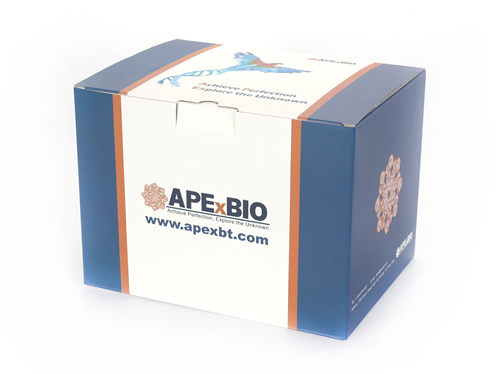Recombinant Human IFN-gamma
Interferon-gamma (IFN-γ), also known as Type II interferon or immune interferon, is a cytokine produced primarily by T-lymphocytes and natural killer cells. The protein shares no significant homology with IFN-β or the various IFN-α family proteins. Mature IFN-γ exists as noncovalently-linked homodimers. Human IFN-γ is highly species specific and is biologically active only in human and primate cells. IFN-γ was originally characterized based on its antiviral activities. The protein also exerts antiproliferative, immunoregulatory and proinflammatory activities and is thus important in host defense mechanisms. IFN-γ induces the production of cytokines, upregulates the expression of class I and II MHC antigens, Fc receptor and leukocyte adhesion molecules. It modulates macrophage effector functions, influences isotype switching and potentiates the secretion of immunoglobulins by B cells. IFN-γ also augments TH1 cell expansion and may be required for TH1 cell differentiation.
Reference:
1. Pennino D, Bhavsar PK, Effner R, et al. 2012. J Allergy Clin Immunol,
2. Hibi M, Hachimura S, Ise W, et al. 2003. Cytotechnology, 43: 49-55.
3. Wang H, Ruan Z, Wang Y, et al. 2008. Mol Immunol, 45: 1548-56.
4. Kopinski P, Przybylski G, Jarzemska A, et al. 2007. Pol Merkur Lekarski, 23: 15-21.
|
Gene ID |
3458 |
|
Accession # |
P01579 |
|
Alternate Names |
|
|
Source |
Escherichia coli. |
|
M.Wt |
Approximately 16.9 kDa, a single non-glycosylated polypeptide chain containing 144 amino acids. |
|
AA Sequence |
MQDPYVKEAE NLKKYFNAGH SDVADNGTLF LGILKNWKEE SDRKIMQSQI VSFYFKLFKN FKDDQSIQKS VETIKEDMNV KFFNSNKKKR DDFEKLTNYS VTDLNVQRKA IHELIQVMAE LSPAAKTGKR KRSQMLFRGR RASQ |
|
Appearance |
Sterile Filtered White lyophilized (freeze-dried) powder. |
|
Stability & Storage |
Use a manual defrost freezer and avoid repeated freeze-thaw cycles. - 12 months from date of receipt, -20 to -70 °C as supplied. - 1 month, 2 to 8 °C under sterile conditions after reconstitution. - 3 months, -20 to -70 °C under sterile conditions after reconstitution. |
|
Formulation |
Lyophilized from a 0.2 µm filtered concentrated solution in PBS, pH 7.4. |
|
Reconstitution |
We recommend that this vial be briefly centrifuged prior to opening to bring the contents to the bottom. Reconstitute in sterile distilled water or aqueous buffer containing 0.1 % BSA to a concentration of 0.1-1.0 mg/mL. Stock solutions should be apportioned into working aliquots and stored at ≤ -20 °C. Further dilutions should be made in appropriate buffered solutions. |
|
Biological Activity |
Fully biologically active when compared to standard. The ED50 as measured in anti-viral assays using human HeLa cells infected with encephalomyocarditis (EMC) virus is 0.15-0.80 ng/ml. |
|
Shipping Condition |
Gel pack. |
|
Handling |
Centrifuge the vial prior to opening. |
|
Usage |
For Research Use Only! Not to be used in humans. |
Quality Control & DataSheet
- View current batch:
-
Purity > 98 % by SDS-PAGE and HPLC analyses.
- Datasheet
Endotoxin: Less than 1 EU/µg of rHuIFN-γ as determined by LAL method.








